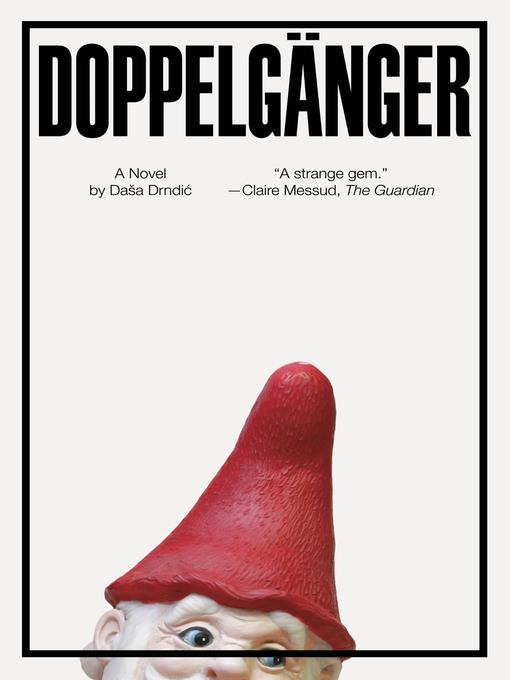
Doppelgänger
کتاب های مرتبط
- اطلاعات
- نقد و بررسی
- دیدگاه کاربران
نقد و بررسی

July 15, 2019
An elderly artist meets an elderly dandy in the late Croatian writer Drndic's (EEG, 2019, etc.) brief but potent novel, and the rest is history' with all its inevitable tragedy. Born in time to witness some of the worst episodes of the 20th century, Artur and Isabella are very different people, he "the greatest wearer of hats in this country," she a quiet photographer who fled her native Germany decades earlier. They meet on a New Year's Eve, and after a few hours together, they depart this life, statistics for a police ledger. All that is by way of prelude to Drndic's larger story, centering on a melancholic fellow, aging but not elderly, named Pupi, who has an unusual attachment to the rhinos at the city zoo, "wild beasts, heavy beasts." Pupi doesn't much like the name he bears--he thinks of himself, Drndic writes, by his formal name, Printz, --and he doesn't much like the life he is living, caring for an elderly father, nursing a variety of complaints, and collecting an odd assortment of facts for his notebook: The year of his birth, 1946, was, he calculates, also one in which numerous Nazis met their deaths: "Joachim von Ribbentrop, German war criminal, hung; Hans Frank, German war criminal, hung; Julius Streicher, German leader, hung; Wilhelm Keitel, German field-marshal, hung." Printz has odd little habits besides his obsessive collecting of facts, including pilfering things like food and bottles of wine from trade shows while excusing himself by noting that the French philosopher Louis Althusser did the same thing. Of course, Althusser also killed his wife, though Printz excuses him with the thought that "he helped her to kill herself because she wanted to kill herself." That slender thread joins Isabella's story to Printz's, which ends as it began, in the company of rhinos--which is not necessarily a good thing. Pensive and ponderous: a work of continental gloom that promises that no one gets out of here alive.
COPYRIGHT(2019) Kirkus Reviews, ALL RIGHTS RESERVED.

July 8, 2019
Drndić’s pair of unusual, slightly connected novellas (following EEG), explores the depths of loneliness in post-Soviet Croatia. The first novella, “Artur and Isabella,” depicts an unusual meeting between two elderly strangers on New Year’s Eve, 1999. Artur is incontinent and collects hats. Isabella collects garden gnomes that act as stand-ins for a large family lost to the Holocaust. Each grapples with fading memory; the text fractures repeatedly with interspersed vignettes such as typed out police surveillance inventories of the contents of their respective apartments. The second, longer work, “Pupi” is more ambitious and less comprehensible, the action moving back and forth through time as the lead, Printz, a former spy for the government, attends his mother’s funeral, watches rhinoceroses injure themselves, reminisces about his lost childhood love, feuds with his brother, and returns silverware sacked in WWII to its original Jewish family. Lists (a long sequence of bipolar writers and artists, an alphabetized list of Holocaust-related terminology such as Eugenik and Zyklon B) and long chunks of dialogue pepper the action. The bleakness can be overwhelming, but this volume has much to offer, with surprising links between the two stories and insights into the ravages of time and mental illness. These two novellas are a testament to Drndić’s considerable talents.

























دیدگاه کاربران